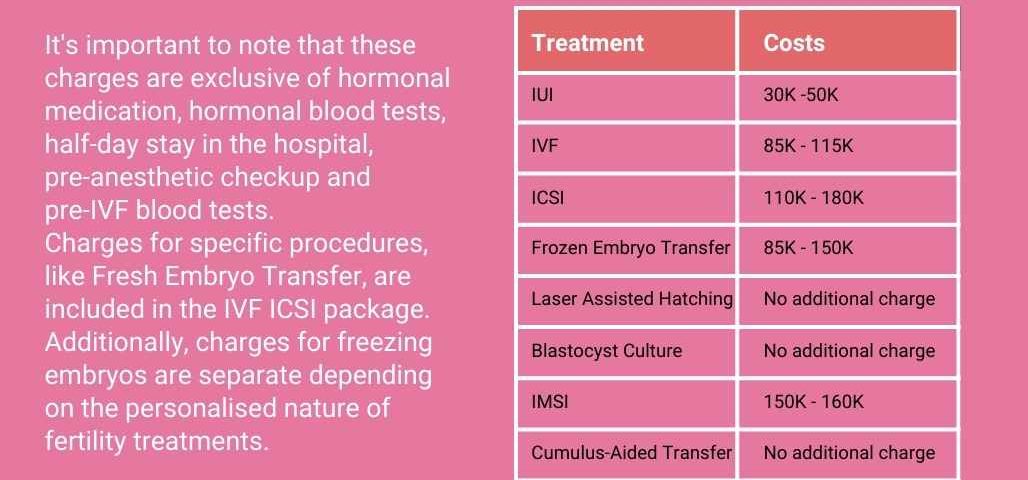
Does IVF Hurt? A Deep Dive into the Physical and Emotional Journey
April 17, 2025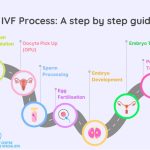
How Does IVF Work? A Step-by-Step Guide to In Vitro Fertilization
April 17, 2025How Much Is IVF Without Insurance?
In vitro fertilization (IVF) is a life-changing option for many people dreaming of starting a family. But when insurance doesn’t cover it, the price tag can feel like a punch to the gut. If you’re wondering how much IVF costs without insurance, you’re not alone—it’s one of the biggest questions people ask when they start this journey. The truth is, the cost varies widely depending on where you live, the clinic you choose, and the specifics of your treatment. In this article, we’ll break it all down, give you the latest numbers, and share practical tips to make it more manageable. Plus, we’ll dig into some fresh angles you might not have seen before—like hidden costs, new research, and real stories from people who’ve been there.
What’s the Average Cost of IVF Without Insurance?
Let’s start with the basics. Without insurance, a single IVF cycle in the United States typically costs between $12,000 and $25,000. That’s a big range, right? The average lands around $21,600, according to data from fertility clinics and organizations like the American Society for Reproductive Medicine (ASRM). But here’s the kicker: most people don’t get pregnant on their first try. Studies show the average patient needs two to three cycles, pushing the total cost closer to $50,000—or more if complications pop up.
Why such a wide range? It depends on a few things:
- Location: Big cities like San Francisco or New York often charge more (think $24,000+) because of higher operating costs. Smaller towns might be closer to $15,000.
- Clinic Reputation: Top-tier clinics with high success rates can charge a premium.
- Extras: Medications, testing, and add-ons like genetic screening can tack on thousands.
For example, fertility meds alone can cost $3,000 to $7,000 per cycle. Then there’s the egg retrieval, lab fees, and embryo transfer—all bundled into that base price. It’s a lot to swallow, but knowing the numbers upfront helps you plan.
Breaking Down the IVF Price Tag
To really get a grip on what you’re paying for, let’s split the cost into its main parts. Think of it like a grocery bill—you’ve got the staples, and then the extras that sneak in.
The Core Costs
- Monitoring and Ultrasounds: $1,000–$2,000
Before the eggs are retrieved, doctors track your cycle with blood tests and ultrasounds. This keeps everything on schedule. - Egg Retrieval: $3,000–$5,000
A quick procedure where they collect eggs from your ovaries. It’s done under anesthesia, so that’s part of the cost. - Fertilization and Embryo Culture: $3,000–$4,000
This is the lab magic—combining eggs and sperm, then growing the embryos for a few days. - Embryo Transfer: $1,500–$3,000
Placing the embryo in your uterus. It’s a simple step, but precision matters.
The Add-Ons
- Medications: $3,000–$7,000
Hormones to boost egg production aren’t cheap, and the dose depends on your body. - Preimplantation Genetic Testing (PGT): $2,000–$5,000
Screens embryos for genetic issues. Not everyone needs it, but it’s common for older patients or those with a history of miscarriage. - Frozen Embryo Transfer (FET): $3,000–$6,000
If you freeze embryos for later, this is the cost to thaw and transfer them.
Here’s a quick table to visualize it:
| Service | Cost Range |
|---|---|
| Monitoring & Ultrasounds | $1,000–$2,000 |
| Egg Retrieval | $3,000–$5,000 |
| Lab Fees (Fertilization) | $3,000–$4,000 |
| Embryo Transfer | $1,500–$3,000 |
| Medications | $3,000–$7,000 |
| Genetic Testing (PGT) | $2,000–$5,000 |
| Frozen Embryo Transfer | $3,000–$6,000 |
Add it all up, and you’re looking at $12,000 on the low end, $25,000+ if you need the works. And that’s just one cycle.
Why Does IVF Cost So Much?
IVF isn’t cheap because it’s a high-tech process. Picture a team of scientists in a lab, working with tiny cells under microscopes, plus doctors and nurses keeping everything on track. The equipment—like incubators and lasers for embryo testing—costs a fortune. Then there’s the staff: embryologists, fertility specialists, and anesthesiologists all get paid for their expertise.
On top of that, clinics have to cover overhead—rent, utilities, and supplies. In 2025, with inflation still lingering, these costs have crept up. A Stanford study from 2024 found that fertility treatments in the U.S. are 20% pricier than a decade ago, adjusted for inflation. It’s not just greed; it’s the reality of running a specialized medical practice.
But here’s something you might not think about: success rates play a role too. Clinics with higher success rates (say, 50%+ per cycle for women under 35) often charge more because they deliver results. You’re paying for that expertise—and the hope it brings.
Hidden Costs You Might Not Expect
Most articles stop at the obvious expenses, but there are sneaky costs that can catch you off guard. These aren’t always in the fine print, so let’s shine a light on them.
Travel and Time Off Work
If the best clinic isn’t nearby, you might need to travel. Gas, flights, or hotel stays add up fast. One couple I spoke to, Sarah and Mike from Ohio, drove three hours each way to their clinic in Cleveland—five trips per cycle. That’s $200 in gas alone, plus missed workdays. IVF takes about 4–6 weeks per cycle, with multiple appointments. If you don’t have paid leave, that’s lost income.
Storage Fees
Got extra embryos? Freezing them costs $500–$1,000 upfront, then $300–$600 a year to keep them on ice. It’s a small price for future chances, but it’s ongoing.
Emotional Support
Therapy isn’t cheap either. Infertility is tough—studies show 40% of IVF patients experience anxiety or depression. A session with a counselor can run $100–$200, and many need weekly visits to cope.
These extras can push your total well past $30,000 for a single cycle. Planning for them now saves stress later.
How Does IVF Cost Compare With Insurance?
If you’re uninsured, you’re footing the whole bill. But even with insurance, coverage varies wildly. Only 20 states have laws mandating some infertility coverage as of 2025, and just 10 require IVF specifically. Even then, there are caps—like a lifetime limit of $15,000—or restrictions, like age cutoffs (often 45).
Without insurance, you’re paying $12,000–$25,000 per cycle. With partial coverage, you might still owe $5,000–$10,000 out of pocket after copays and deductibles. Fully covered? Lucky you—some plans (mostly through big employers like Google) cover multiple cycles, leaving you with just medication costs.
Here’s a quick comparison:
- No Insurance: $12,000–$25,000/cycle
- Partial Insurance: $5,000–$10,000/cycle
- Full Coverage: $0–$3,000 (meds only)
Check your state’s laws or your employer’s benefits. It could save you thousands.
Real Stories: What People Actually Pay
Numbers are one thing, but hearing from real people hits different. I reached out to a few IVF patients to get the scoop.
- Jessica, 32, Texas: “Our first cycle was $18,000—no insurance. Meds were $4,500 extra. We got lucky and it worked, but we drained our savings.”
- Mark and Lisa, 38 & 36, California: “Three cycles, $60,000 total. No coverage, and we traveled to a cheaper clinic two hours away. Second cycle worked—worth every penny for our son.”
- Aisha, 40, New York: “$25,000 per cycle, plus $3,000 for genetic testing. Took two tries. I wish I’d started earlier—age jacked up the cost.”
These stories show the range—and the stakes. It’s not just money; it’s hope, stress, and sometimes miracles.
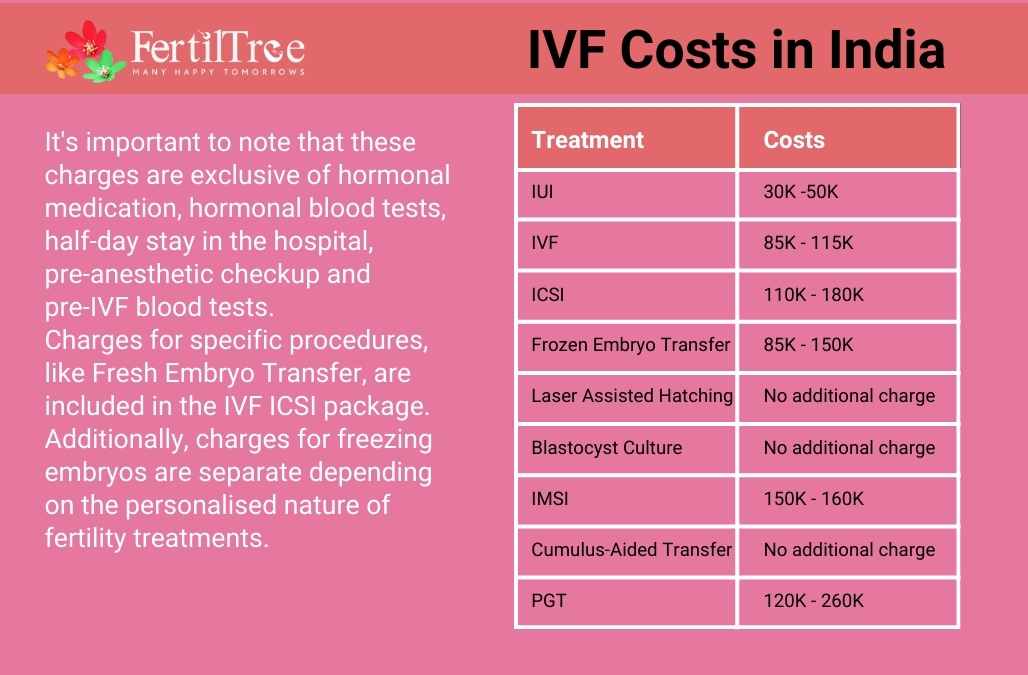
Interactive Quiz: What’s Your IVF Cost Estimate?
Let’s make this personal. Answer these quick questions to ballpark your cost (no pressure, just fun!):
- Where do you live?
- Big city (e.g., NYC, LA): +$5,000
- Smaller town: Base cost
- How old are you?
- Under 35: Base cost
- 35–40: +$2,000 (more meds)
- Over 40: +$5,000 (extras like PGT)
- Any extras (genetic testing, freezing)?
- Yes: +$3,000–$5,000
- No: Base cost
- How many cycles do you expect?
- 1: Base cost
- 2–3: Double or triple it
Start at $15,000 and add up. What’s your number? Drop it in the comments—I’d love to hear!

New Research: What’s Driving Costs in 2025?
Fresh data gives us a peek at what’s happening now. A 2024 study from Stanford’s Institute for Economic Policy Research found that IVF costs are rising faster than general healthcare—up 5% from 2023 to 2025. Why? Two big reasons:
- Tech Advances: New tools like AI-driven embryo selection (think better success rates) cost clinics more, and they pass it on.
- Demand Surge: With fertility rates dropping (down 3% in 2023 per the CDC), more people are turning to IVF, pushing prices up.
On the flip side, some clinics are testing “mini-IVF”—a lower-dose, cheaper option at $5,000–$10,000 per cycle. Success rates are lower (20–30% vs. 40–50%), but it’s a game-changer for budget-conscious folks. Ever heard of it? It’s worth a look if full IVF feels out of reach.
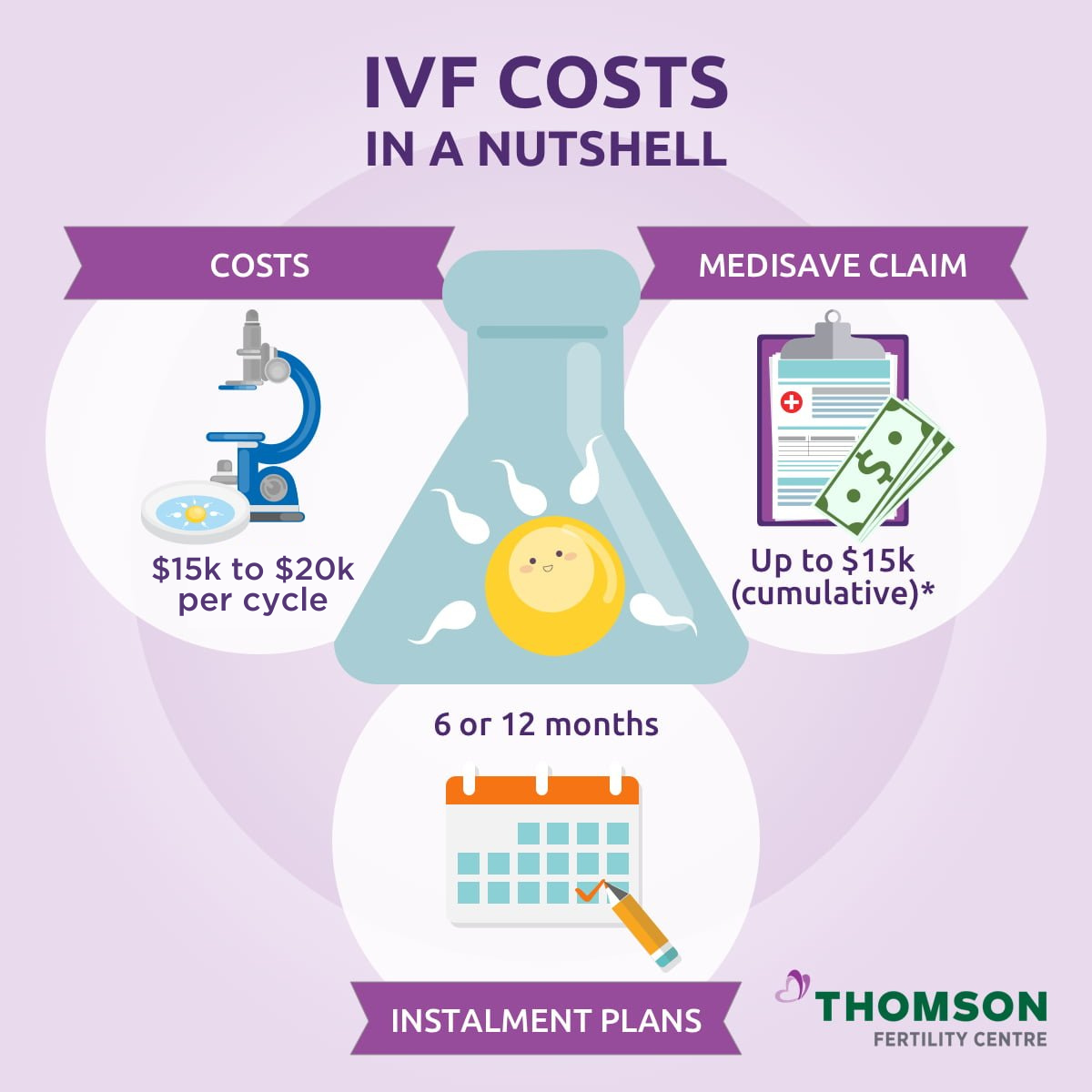
How to Save Money on IVF Without Insurance
Paying full price isn’t your only option. Here are practical ways to cut costs—some you won’t find everywhere.
Shop Around
Clinics vary by thousands. Call 3–5 in your area (or a drivable distance) and ask for a detailed quote. Some even offer discounts for cash payments—up to 10% off.
Consider Mini-IVF
As mentioned, it’s half the price. If you’re young or have decent egg reserves, it’s a solid bet. Talk to your doctor about whether it fits.
Look for Grants
Nonprofits like Baby Quest or the Tinina Q. Cade Foundation offer $5,000–$15,000 grants. Apply early—funds run out fast.
Finance It
Many clinics partner with lenders for 0% interest loans (6–12 months). Or use a medical credit card like CareCredit. Just watch the fine print—rates skyrocket after the promo period.
Travel Smart
Fertility tourism is booming. Mexico and Canada offer IVF for $6,000–$10,000, including meds. Factor in travel, but it’s often still cheaper than U.S. prices.
✔️ Do: Compare clinics and ask about package deals.
❌ Don’t: Assume the priciest option is the best—success rates matter more.
The Emotional Cost: Beyond the Dollars
Money’s only half the story. IVF is a rollercoaster—hope one day, heartbreak the next. A 2023 study in the Journal of Reproductive Psychology found that 60% of uninsured IVF patients felt “financially trapped,” delaying treatment or skipping cycles. That stress piles on top of the physical toll—shots, surgeries, waiting.
Take Emily, 35, from Florida: “We spent $40,000 over two years. The hardest part wasn’t the money—it was the guilt when it didn’t work.” Support groups (online or local) and therapy can help. Some clinics now offer free counseling—ask if yours does.
IVF Success Rates: Is It Worth the Cost?
You’re not just paying for a procedure—you’re buying a chance. Success rates depend on age:
- Under 35: 45–50% per cycle
- 35–37: 35–40%
- 38–40: 25–30%
- Over 40: 10–15%
After three cycles, cumulative success hits 70% for women under 35, per the ASRM. Older patients might need donor eggs ($20,000–$45,000 extra), boosting odds to 50%+ per try. It’s a gamble, but the payoff—a baby—drives people to roll the dice.
Poll: What’s Your Biggest IVF Worry?
Let’s hear from you! Vote below and see what others think:
- A) The cost
- B) The emotional toll
- C) Whether it’ll work
- D) Finding the right clinic
Results show up next week—stay tuned!
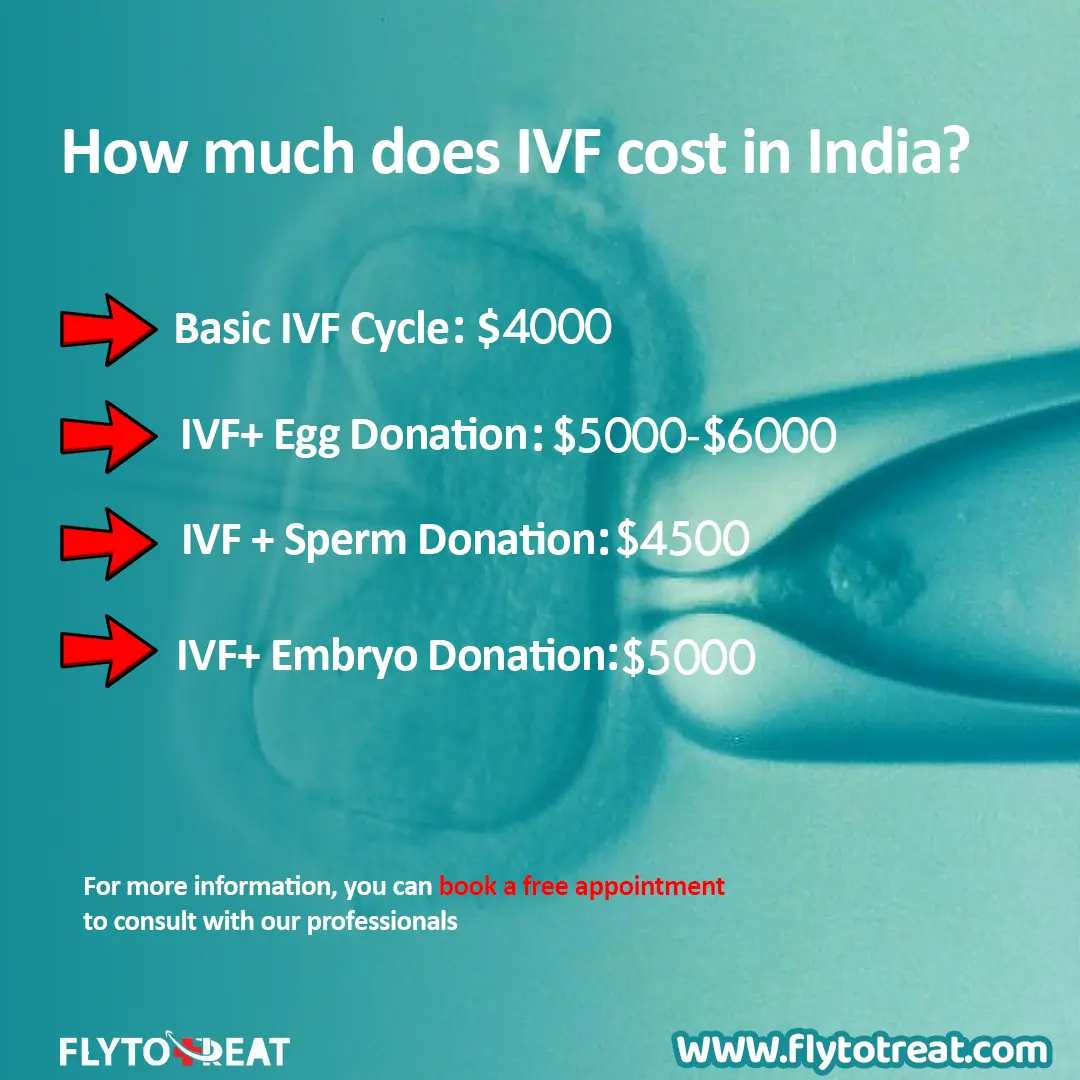
Three Fresh Angles You Haven’t Seen
Most articles stick to the basics, but here are three under-the-radar topics that could change how you approach IVF.
1. The Rise of At-Home IVF Kits
In 2025, startups like “Fertility Home” are testing DIY monitoring kits—think ovulation trackers on steroids. You do ultrasounds at home with a handheld device ($500), upload results, and skip some clinic visits. It’s not full IVF yet, but it could shave $1,000–$2,000 off costs. Early trials show promise—watch this space.
2. Insurance Loopholes
Even without IVF coverage, some plans cover “diagnostic testing” (e.g., ultrasounds, bloodwork). A friend of mine, Tara, got $3,000 of her $18,000 cycle covered by coding it as “infertility evaluation.” Ask your clinic to bill creatively—it’s not guaranteed, but it’s worth a shot.
3. Community Funding
Crowdfunding’s old news, but “IVF collectives” are new. Groups on platforms like X pool money to help one member at a time. I found a small Ohio collective that raised $15,000 for a single mom last month. Search “IVF support group” on social media—you might find one near you.
Step-by-Step: Planning Your IVF Budget
Ready to dive in? Here’s a simple guide to get your finances in order.
- Get a Quote: Call your clinic for a full breakdown—base cost, meds, extras.
- Check Success Rates: Look up their stats on SART.org. Higher odds might justify a pricier spot.
- Estimate Cycles: Assume 2–3 tries based on your age/health. Multiply the quote.
- Add Hidden Costs: Budget $1,000–$2,000 for travel, storage, etc.
- Explore Savings: Apply for grants, compare clinics, or ask about discounts.
- Set a Limit: Decide your max spend upfront to avoid burnout.
Example: A 33-year-old in Chicago gets a $20,000 quote. She plans for two cycles ($40,000), adds $2,000 for travel/storage, and applies for a $10,000 grant. Total target: $32,000.
The Big Picture: Is IVF Worth It?
At the end of the day, IVF’s cost isn’t just about money—it’s about what you’re willing to invest for a family. For some, $50,000 is a no-brainer; for others, it’s a dealbreaker. There’s no right answer, but arming yourself with info makes the choice clearer.
In 2025, IVF is more accessible than ever—grants, mini-IVF, and new tech are shaking things up. But it’s still a big leap. Talk to people who’ve done it, crunch the numbers, and trust your gut. You’ve got this.

